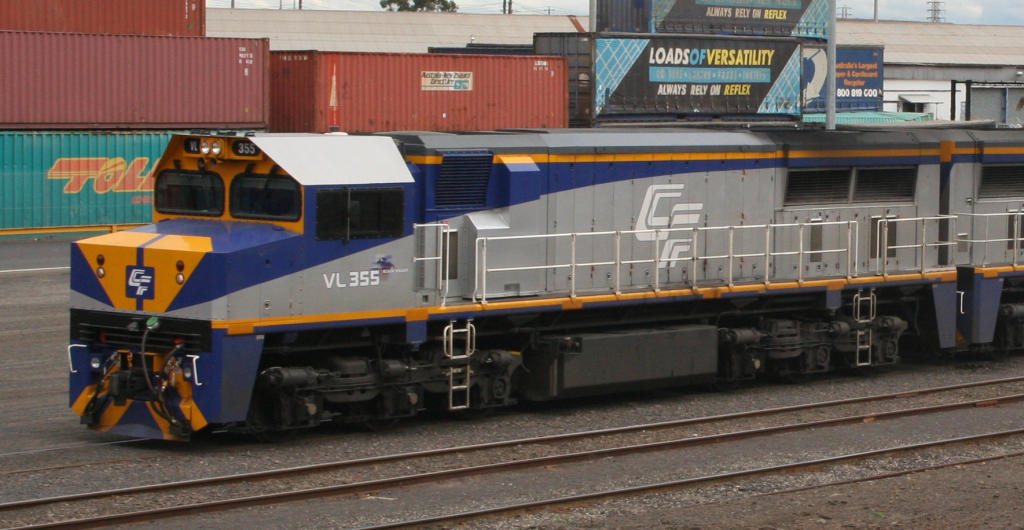I was looking at @TheMann's ideas for Gas Turbine locomotives, and came up with some ideas for more roads that'd consider the GTEL-4s he made in my TL:
Erie Lackawanna
In my TL, the New York Central began electrifying the Water Level Route between New York and Cleveland in 1962, and finished that part in 1966. Naturally, the Erie Lackawanna was shaking in its boots as the NYC's freight traffic between New York and Chicago began traveling at up to 110 MPH. Naturally, the EL was quick to jump at the idea of an engine that could go about as fast without the expensive infrastructure needed by electric engines. The first of the railroad's GTELs were twelve GTEL-3 engines that the railroad acquired for the grades on the mainline east of Akron, and on the former New Haven lines to Boston. However, the railroad still was annoyed with the maintenance problems, and quickly took up GE's offer to rebuild then into GTEL-4s, of which they ordered another 20.
Chessie System
Like the Erie Lackawanna, the Chessie bought the GTELs to better compete with a larger rival - in this case the Pennsylvania Railroad - for traffic in the coal country of the Virginias, Maryland, and Pennsylvania. By the time the Chessie was officially formed, the GTEL-4 had been on the market for quite a while, and so the railroad purchased several for use across their system. After the Grand Junction Disaster and the backlash against propane-fueled locomotives, they were relegated to the former B&O between Hammond, IN and Stirling, OH due to its largely rural nature - as the Chessie had already begun using the ACE's modern steam designs on the former C&O in the Virginias.
@Andrew Boyd @TheMann how would be look of the GTEL-4? I as inclined to build that units.
And what as the Grand Junction Disaster?





